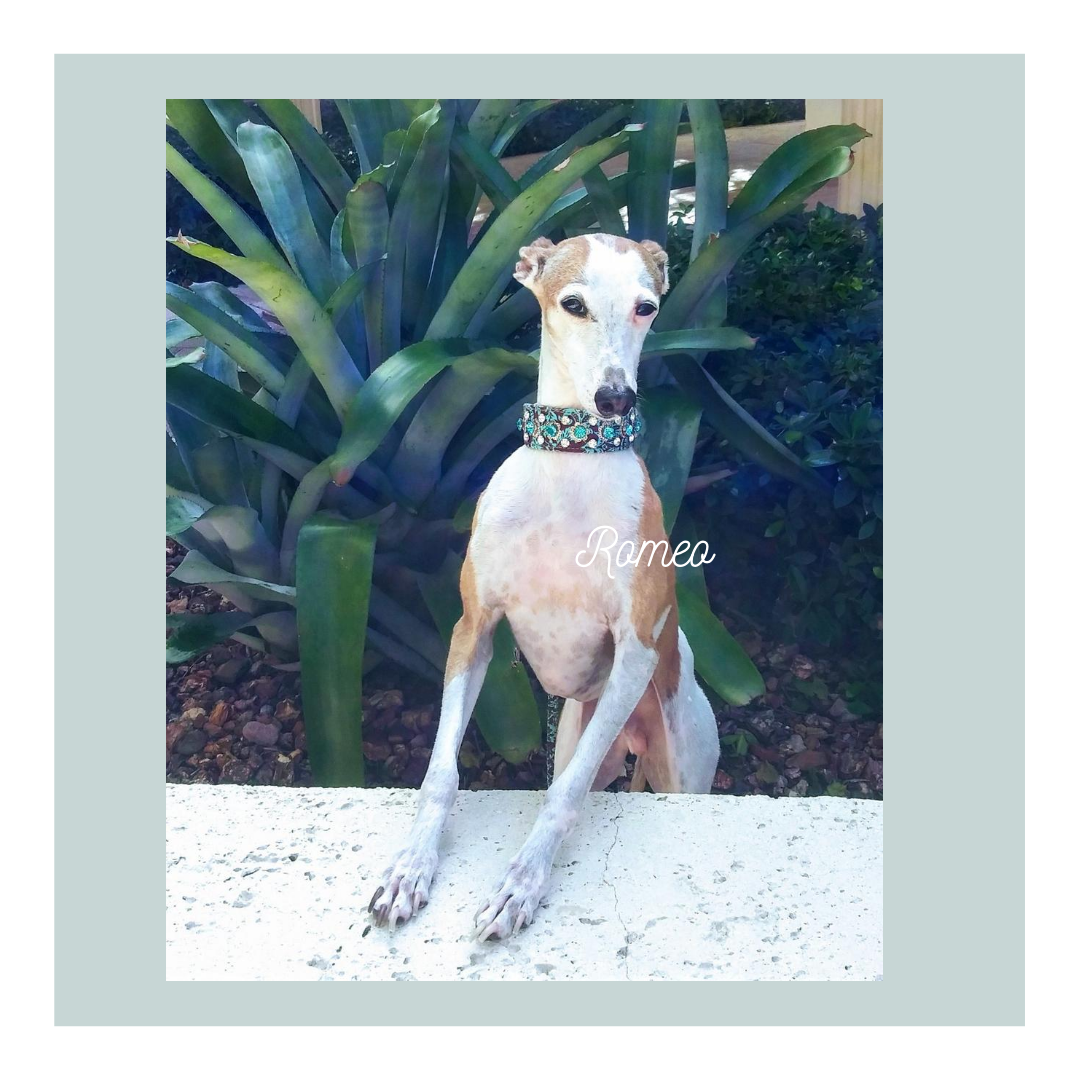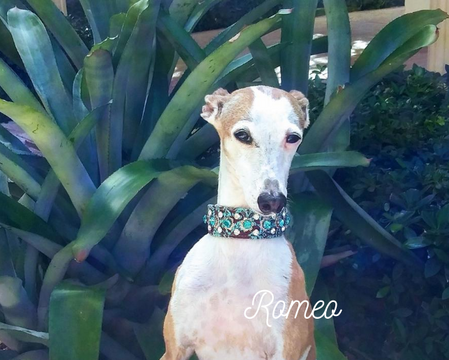
It’s the Dog Days of Summer and we are feeling the heat! While Summer is normally a fun season filled with lots of outside activities, due to the pandemic, our lifestyles have changed. There are still many fun activities that you can choose from that are close to home. Whatever your summer plans, it’s important to keep your dog cool.
If you enjoy walking with your dog, choose the early morning or evening hours. Avoid the sidewalk when it’s 80 degrees or warmer, as it can burn your dog’s paw pads. If you aren’t sure, test with your bare feet or the back of your hand. If it’s too hot for you, it’s too hot for your dog. Try walking on the grass instead. If your dog is having difficulty cooling off, you can place a cold cloth on the paws to help cool them down. Keep careful watch over older or overweight dogs as they are more prone to overheating.
ASCPA notes the symptoms of overheating in pets, include excessive panting or difficulty breathing, increased heart and respiratory rate, drooling, mild weakness, stupor or even collapse. Symptoms can also include seizures, diarrhea and vomit along with an elevated body temperature of over 104 degrees. Make sure your dog has a shady place to get out of the sun, and keep them indoors when it’s extremely hot.
Keep your dog hydrated. Provide plenty of clean water at all times, changing it frequently to ensure freshness. Clean your dog's water bowl daily to prevent bacteria from forming. Wash the water bowl with dish soap before filling it in the morning. Also, place a water bowl outside on your patio or deck. Pack a collapsible nylon water bowl and bottled water for hiking and other outdoor outings.
Dehydration can cause serious problems, including kidney and heart damage. If you suspect your dog is dehydrated, take him to the veterinarian immediately. If he is dehydrated, your veterinarian will provide intravenous fluids and get to the root of the problem.
A dip in the pool is a great way to cool off! Not all dogs are natural swimmers, so it's important to understand your dog's abilities before allowing him in the pool. If you know that your dog is a good swimmer, then it's fine to let him jump in and have fun. Rinse off your dog’s coat as soon as possible afterwards to remove chlorine and prevent your dog from drinking pool water.
If you don’t have your own pool, consider purchasing an inexpensive kiddie pool. Your pup may be more likely to jump into a smaller pool and you can toss rubber toys in for fun! Just remember, like kids, dogs need supervision at all times while in a pool.
Dogs love learning new tricks. If yours have already mastered basic commands, teach them cute tricks like jumping through hoops, twirl, wave or “hi five.” Check out YouTube stars and advanced online training instructions for assistance.
Play inside when it is too hot outside. Bring out the toys. Balls, chews, puzzles, ropes and soft toys can all get a great work out. If your dog knows how to stay, play hide & seek. If he doesn't, have a human help him stay while you hide.
Have a spaw day. Pups love to be pampered. Create your own Pooch Parlour. Start with a relaxing massage, then have your pup smelling lovely with a bubble bath. Finally, brush teeth, trim nails, and clean ears. Wrap up your spaw day with healthy treats the two of you can share together.
Take a car ride. If you love taking your dog for a ride in the car, then you will want to ensure his safety. Secure your dog with a certified pet restraint that has met independent testing standards. Never leave your dog alone in the car. On a warm day, temperatures inside a vehicle can rise rapidly to dangerous levels. On an 85-degree day, the temperature inside a car with the windows opened slightly can reach 102 degrees within 10 minutes. After 30 minutes, the temperature will reach 120 degrees.
Serve up cold treats! Ice cream for dogs or frozen peanut butter will have tails wagging! Even plain ice can do the trick. Make it extra fun with molds that freeze into shapes. Yogurt is a healthy treat to add into the mix as it will do wonders for the digestive system. (c)
